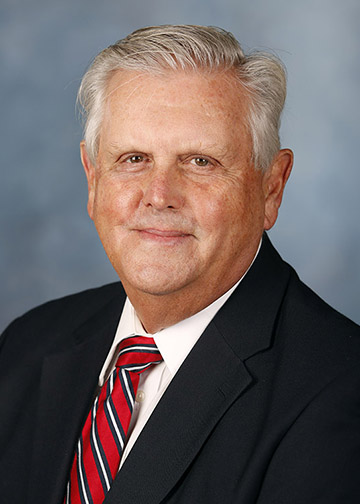A few short weeks ago we received the news we had been waiting for – Kentucky was selected as one of the first states granted flexibility under No Child Left Behind (NCLB).

Education Commissioner Terry Holliday
Since the White House announced the waiver process in September, the Kentucky Department of Education (KDE) team and its partners have worked many hours to prepare and negotiate the waiver and flexibility from the rigid requirements of NCLB.
The goal from the beginning has been to have one accountability system rather than two — state and federal. Having two accountability systems was confusing to parents and schools. Also, the federal system began to lose credibility due to the details of NCLB.
The waiver will allow schools and districts some funding flexibility with regard to Title I and other federal dollars that were once tied to tutoring and other services mandated by NCLB. This flexibility, which will allow money to be reallocated to other efforts aimed at bolstering student achievement, comes at a very important time. State budgets for education have been reduced, and schools/districts will be looking at ways to redirect existing dollars to address the components of Senate Bill 1.
Teachers and students have already been working with the new college/career-ready standards in mathematics and English/language arts. Schools and districts are planning for the accountability measures of college/career readiness, cohort graduation rates, student growth, closing achievement gaps and Program Reviews in arts and humanities, practical living/career studies and writing.
The waiver supports this ongoing work and will continue to drive our development and implementation of a new Teacher and Principal Professional Growth and Effectiveness System.
A key requirement for states requesting a waiver for the federal No Child Left Behind (NCLB) Act and for states receiving Race to the Top (RTTT) funds is the adoption, development and implementation of teacher/principal evaluation and support systems that improve the effectiveness of instruction.
Specifically the waiver, which we received last month, requires Kentucky implement a teacher evaluation system that provides for:
- continuous improvement of instruction
- meaningful differentiation of teacher/principal performance using at least three performance levels
- multiple measures of effectiveness including use of student growth data (both state standardized tests and formative growth measures that are rigorous and comparable across schools in a local district) as a significant factor
- regular evaluation (most likely annual)
- clear and timely feedback to include opportunities for professional development
- use of the system to inform personnel decisions
The waiver requires KBE to adopt the guidelines for the evaluation system by June 2012. The full system must be in place by the 2014-15 school year. Our delivery plan calls for the field test this spring, full state pilot in 2012-13 and statewide implementation in 2013-14. Districts will always have the option to develop local evaluation systems that meet state education agency guidelines.
Unlike other states that moved quickly and are now struggling to implement their teacher/principal evaluation and support systems, Kentucky has been methodical in this work, moving slowly and including teachers and principals in every step of its development.
Through the excellent work of the Teacher and Principal Effectiveness Steering Committees, we began field-testing the teacher/principal evaluation system in February. This work has been done with little to no funds, which is a testament to the dedication and collaboration between teachers, principals, parents, administrators and KDE staff in focusing on students. It will be critical that we continue to communicate and collaborate as we move forward with this work.
Over the next several months, the state Board of Education will begin to discuss and make decisions around the new system’s multiple measures, which include observation, peer observation, professional growth, self-reflection, student voice, parent voice and student growth.
How much will each measure be weighted in an evaluation? How will student input be collected? How will peer reviewers be selected and trained? These and a multitude of other questions and issues will need to be carefully considered. Additional study and analysis by KDE staff also will need to take place.
This will be a huge task, and it is one that we can’t afford to rush. We must be thoughtful and ensure that all of those affected not only have input in the process, but also the final product. Taking our time now will help us achieve our ultimate goal of identifying effective teachers and principals and increasing student achievement. There is nothing more important than that.


Leave A Comment